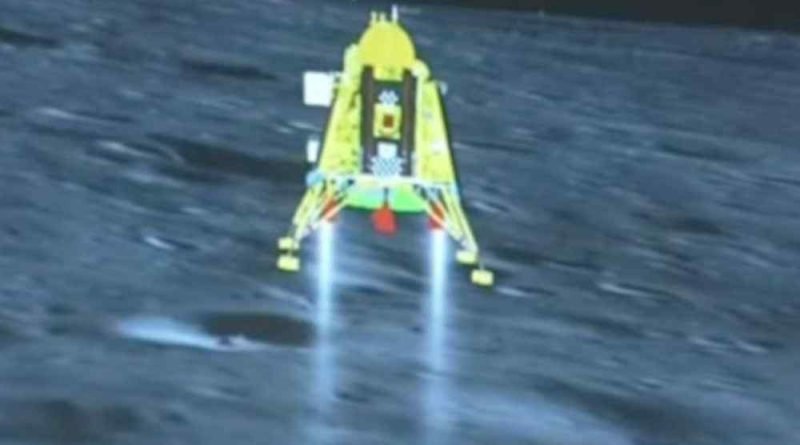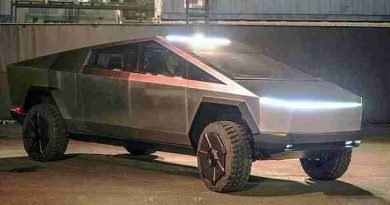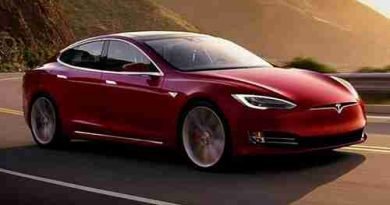India successfully landed ISRO Chandrayaan-3 on the Moon
India has created history with the successful soft landing of ISRO’s third Moon mission Chandrayaan-3 making India the first country to land on the south pole of the Moon.
India launched Chandrayaan-3 spacecraft to the Moon on dated July 14th, 2023 at 2:35 PM IST from the Sathish Dhawan Space Center in Shriharikota in Andhra Pradesh. Chandrayaan-3 successfully landed on the surface of Moon on 23th August, 2023 at 6:03 PM IST.
The execution of the Chandrayaan-3 mission cementing India’s status as the global power in the space. The Indian Space Research Organization (ISRO) made history as Chandrayaan-3 spacecraft made a soft-landing making India the fourth country in the world to successfully landed on the surface of Moon after US, Russia and China. And the first country in the world to landed on the lunar’s uncharted territory of south pole.
The spacecraft’s Vikram lander ended a disappointment over the crash landing of the Chandrayaan-2 four years ago. The celebrations started at the Mission Operations Complex (MOX) at ISRO Telemetry, Tracking, and Command Network (ISTRAC), Bengaluru after Vikram lander touched the
“We have achieved soft landing on the moon,” S. Somanath, the director of the Indian Space Research Organization, said after a roar ripped across the ISRO compound just past 6 p.m. local time. “India is on the moon.”
The Vikram lander’s soft landing took place days after Russia’s Luna-25 spacecraft crashed on the Moon while landing on the lunar surface.
The lander and the six-wheeled rover (the mass of 1752 kg) are designed o operate for one lunar daylight period (about 14 Earth days) have scientific payloads to carry out experiments on the lunar surface. The lander has multiple sensors to execute the safe touchdown including accelerometer, Doppler velocimeter, inertial measurement, altimeters, touchdown sensor, inclinometer and a suite of cameras
“Landing velocity was less than the targeted 2 meters per second and gives great hope for future missions, the next 14 days of experiments by the instruments on the lander and rover will be exciting”, said ISRO chairman S. Somnath.
“India’s successful moon mission is not India’s alone…Our approach of one earth, one family one future is resonating across the globe. Moon mission is based on the same human centric approach. So, this success belongs to all of humanity.”
“Humne dharti par sankalp kiya aur chand pe usse sakaar kiya… India is now on the Moon.”
Prime Minister Narendra Modi while congratulating the ISRO scientists and witnessed the historic moment virtually from Johannesburg in South Africa.
“We are really excited to see this grand success. For this, we have been waiting for the last four years. This success is sweet news for us and for the entire nation.” Ex-ISRO Chief K Sivan on Chandrayaan-3’s mission success.
“Please, accept my heartfelt congratulations on the occasion of the successful landing of the Indian space station Chandrayaan-3 on the Moon near its South Pole. This is a big step forward in space exploration and certainly a testament to the impressive progress made by India in the area of science and technology.”, President of Russia Vladimir Putin congratulating India on the successful landing of Chandrayaan-3 lander.
India celebrates the success of the Chandrayaan-3 mission landing on the moon. Scientists, engineers and officials of ISRO celebrates, clapped and hugs each other after touchdown of Vikram lander on the lunar surface. People across the India makes celebration, setting firecrackers and dancing on the streets. Officials and People around the world congratulate India for the success of Chandrayaan-3 mission. Nearly 8 million people watched the livestream of Chandrayaan-3 launched on YouTube.
Objectives of Chandrayaan-3 Mission:
The mission objectives of Chandrayaan-3 are:
- To demonstrate Safe and Soft Landing on Lunar Surface.
- To demonstrate Rover roving on the moon.
- To conduct in-situ scientific experiments.





